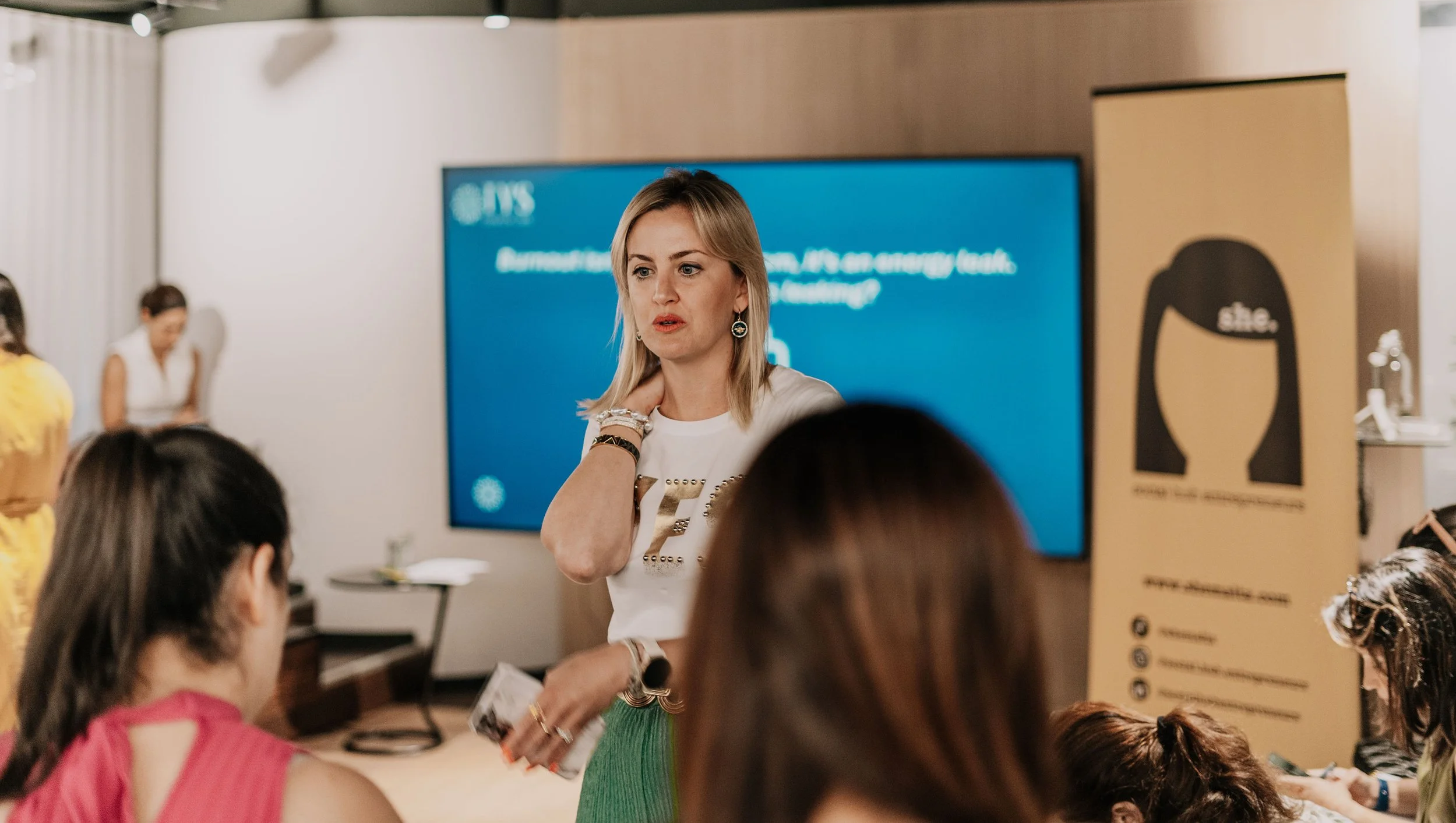The Coaching Journey That Changed Everything for This iGaming Team.
When I began coaching the Heads of Departments in the commercial team of an iGaming company, I walked into a storm of rapid change, ambitious targets, and growing disconnection. Collaboration was strained, silos were strong, and cross-functional efforts often stalled due to lack of clarity and trust.
From the outset, it was clear the team wasn’t just misaligned - they were operating in survival mode. They were really in the thick of it.
On paper, this was a strong team - experienced, smart, and with a healthy mix of industry veterans and fresh perspectives from outside iGaming. They had the right ingredients. So the question was: what wasn’t clicking? And what could an external coach like me really bring to a team like this?
As it turned out, the challenge was simply connection. The potential was there, but the team needed the space, structure, and support to connect.
“We managed to overcome disunity and now feel that we are truly a team… we can do so much more together than separately.”
Where We Started
Tension and uncertainty filled the air. Even among leaders who relied on each other daily, collaboration felt tiring. Misunderstandings were frequent, and the team described their environment as chaotic, disconnected, and ineffective.
Silos had formed, and trust was low. The team was stuck in reactive mode in a fast paced environment, with little space to reflect or realign.
What We Did
Over six months, we worked through a blend of group coaching (virtual and in-person), one-to-one sessions, and strategic conversations with their director. The focus was on creating space - for honest dialogue, meaningful reflection, and practical tools the team could apply immediately.
Open group discussions that surfaced blind spots in communication
Motivator exercises that helped leaders understand each other’s unique drivers
Individual coaching that allowed for tailored support on real-time personal challenges
“We started having real conversations. Not just polite ones.”
What We Learned
As participants opened up, they discovered the power of vulnerability in their leadership group. They were surprised by how much clarity came from hearing each other’s perspectives. They discovered:
How differently they perceived the same challenges
The importance of empathy and being human, together
That structured reflection can unlock hidden dynamics
How (and this is one of my favourites) - they all had different roles but the same job
“I was surprised by how much clarity came from hearing colleagues’ perspectives on challenges I thought were purely my own.”
Where We Are Now
The team’s growth was evident in both mindset and behaviour. They began to show up differently. They were committed to the programme, open and aligned.
Looking back from month one to month six, I had the same people in the room - but an entirely different team in front of me.
Key shifts included:
More active and purposeful listening
Greater cross-team alignment
Increased openness and honesty
Improved efficiency and productivity
“I used to focus only on my area - now I care about how we succeed together.”
Looking Ahead
As the programme came to a close, many participants expressed a desire to keep going - not because the work wasn’t done, but because something meaningful had just begun. There’s a rare freedom in carving out those hours: To pause together amidst the juggle, to face common department challenges shoulder-to-shoulder, and to walk out feeling clearer than when you walked in.
“It felt like we’d just found our rhythm - and I’m excited to keep going.”
Their eagerness to continue highlights that coaching isn’t a one-time fix. Real transformation happens when there’s commitment from the top down, and the momentum is sustained over time.
The Director’s full support was key - she championed the programme, trusted the process, and created the conditions for her team to engage deeply. On my side, that trust gave me the space to do the work fully and effectively.
Coaching is a Journey, Not a Quick Fix
While one-off workshops can spark ideas and get some engagement going, real change takes time. This programme spanned six months, and even now, there’s more work to do. It takes commitment, patience, and a willingness to keep showing up.
The most meaningful shifts happen in the moments I’m not there - when the team applies what they’ve learned, independently and intentionally.
This programme reaffirmed my belief that when leaders in high-pressure industries like iGaming are given space to reflect, connect, and challenge their assumptions, transformation happens. Not just in how they lead, but in how they relate to each other- and how they drive results.
If your team isn’t engaged, how can you expect them to lead effectively, drive performance, or build sustainable processes?
Processes are easy to implement. But, without the right foundation - trust, alignment and a share purpose - they won’t stick.
If you’re serious about building a high-performing team, start with the foundation - trust, alignment, and shared purpose. That’s where coaching makes the difference.
Ready to create the conditions for real change? Let’s talk.


